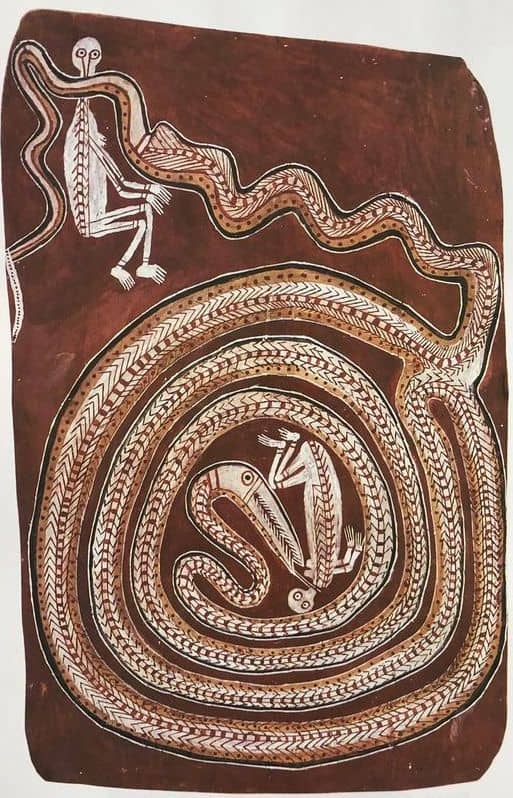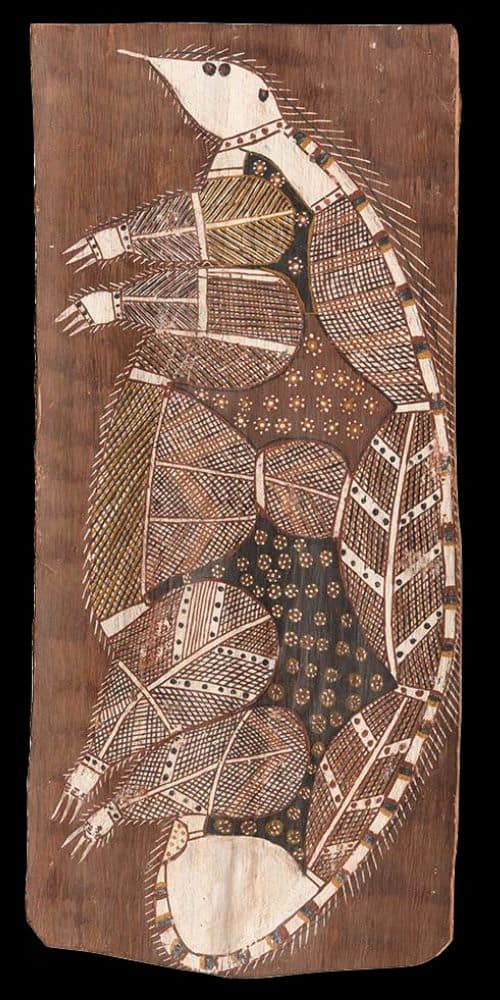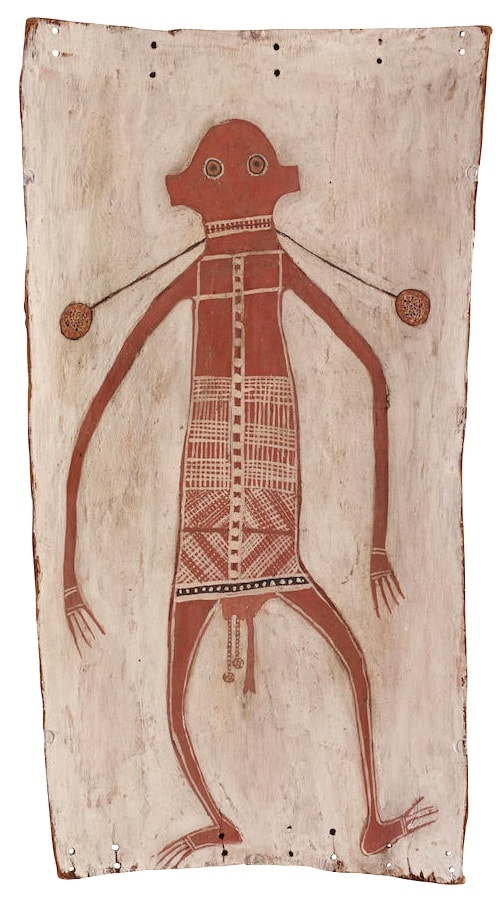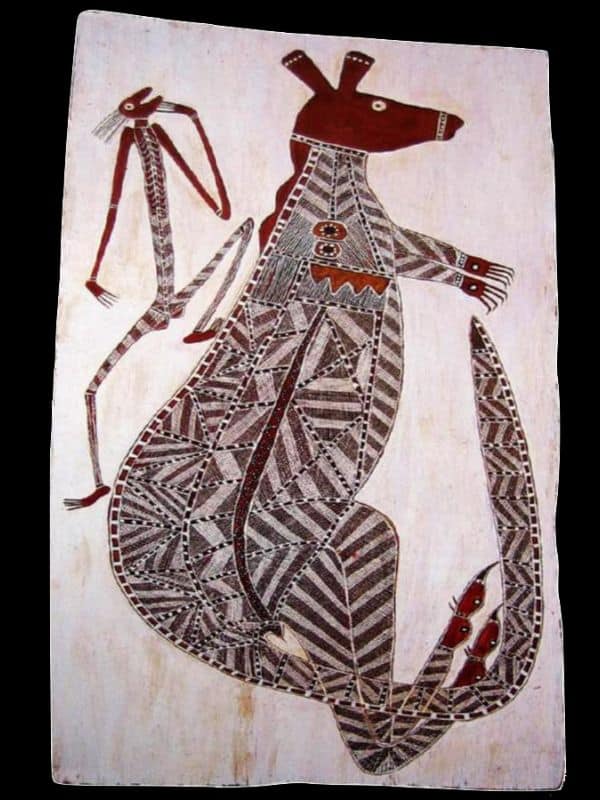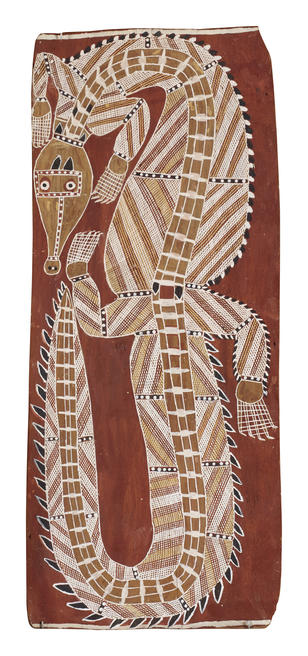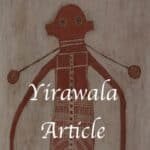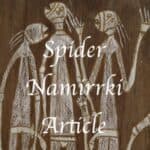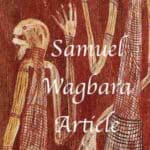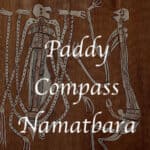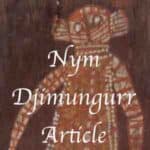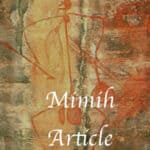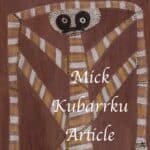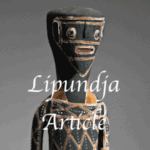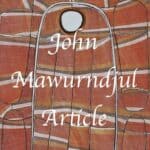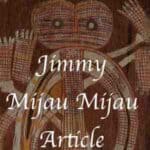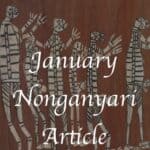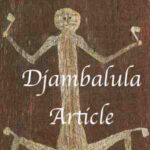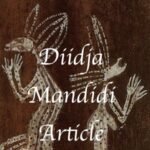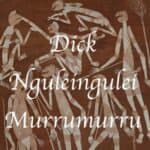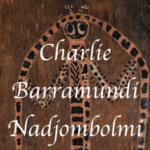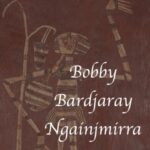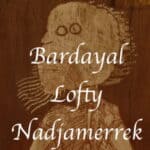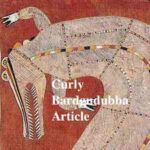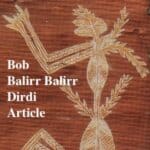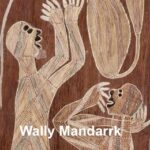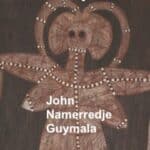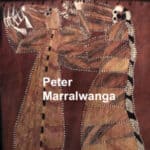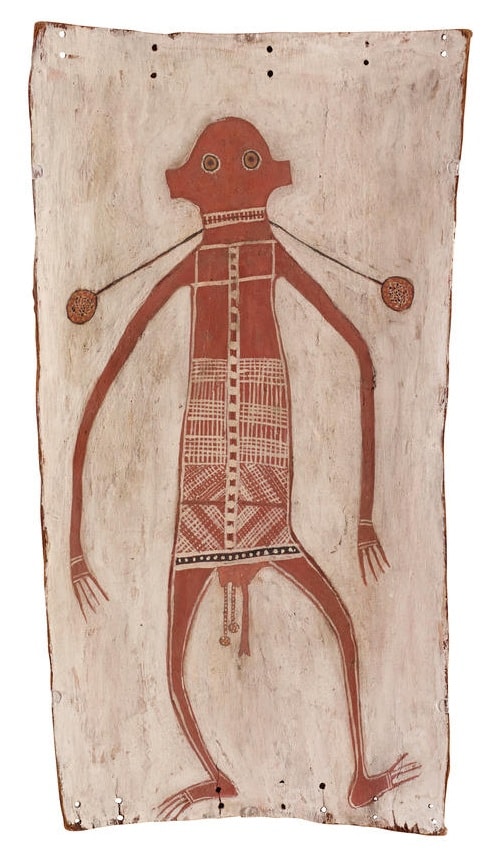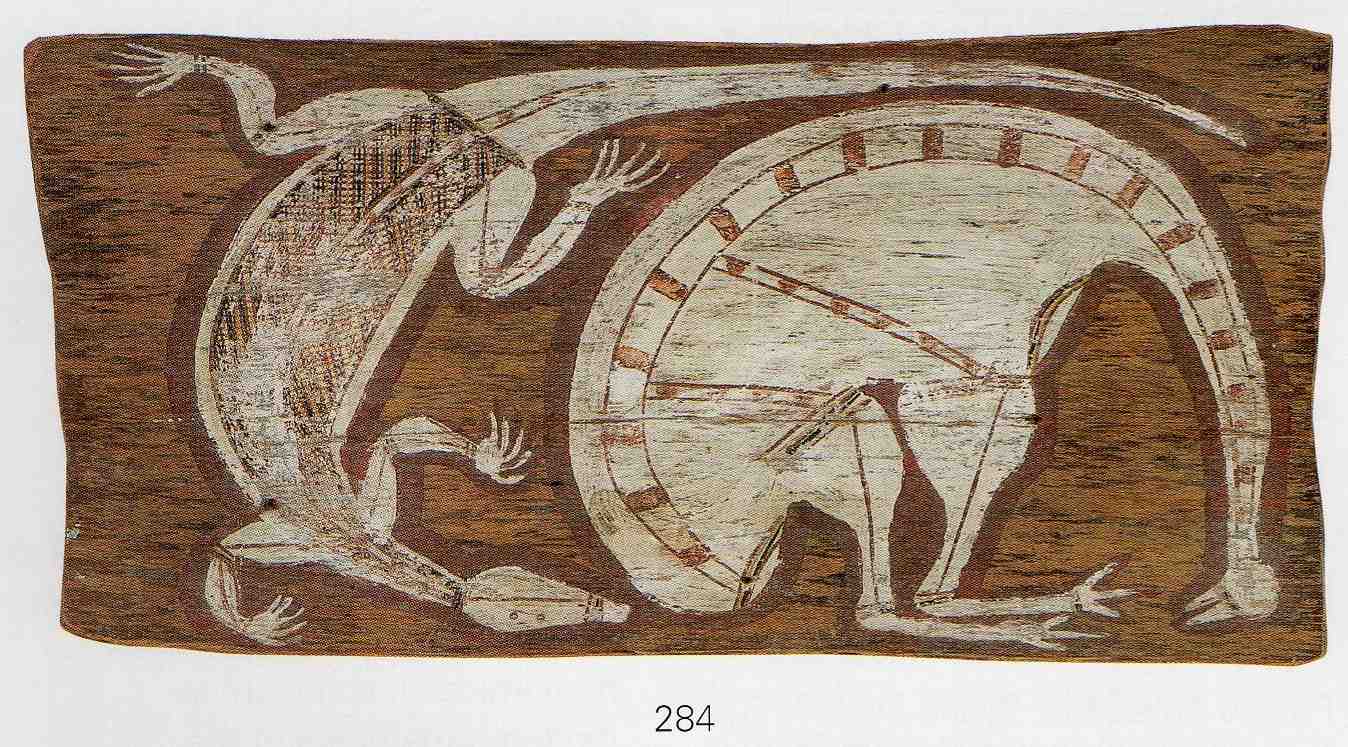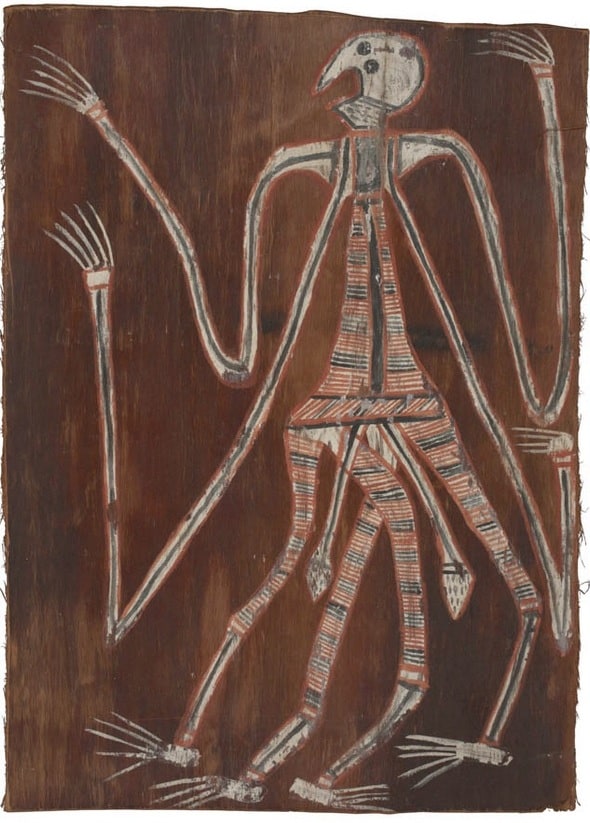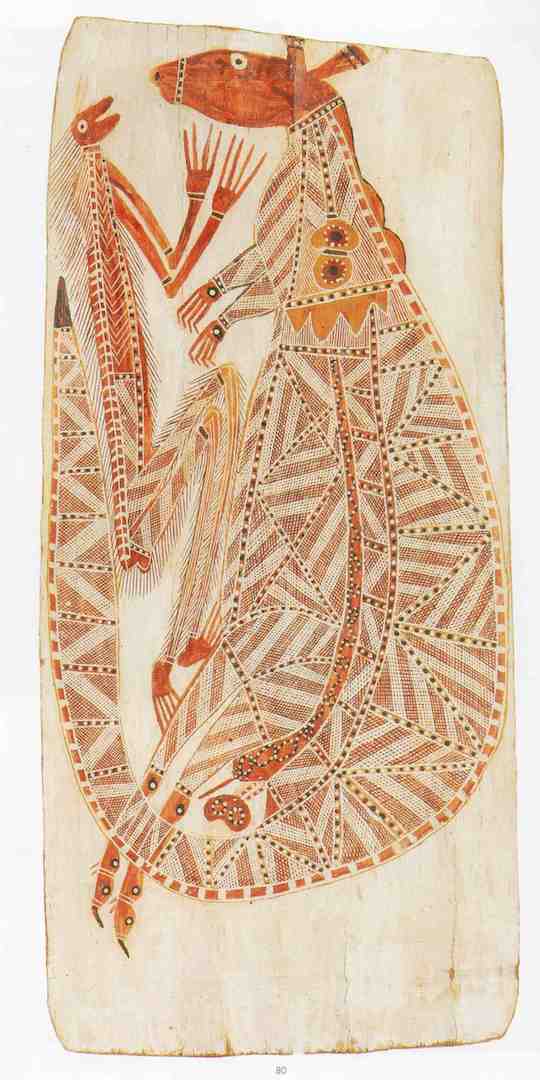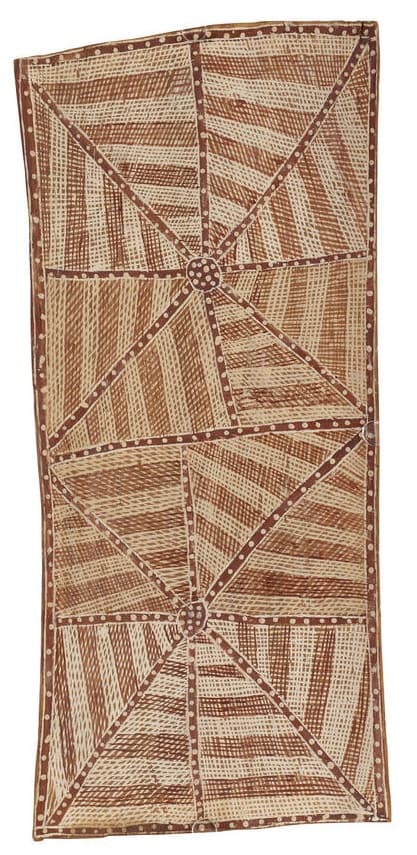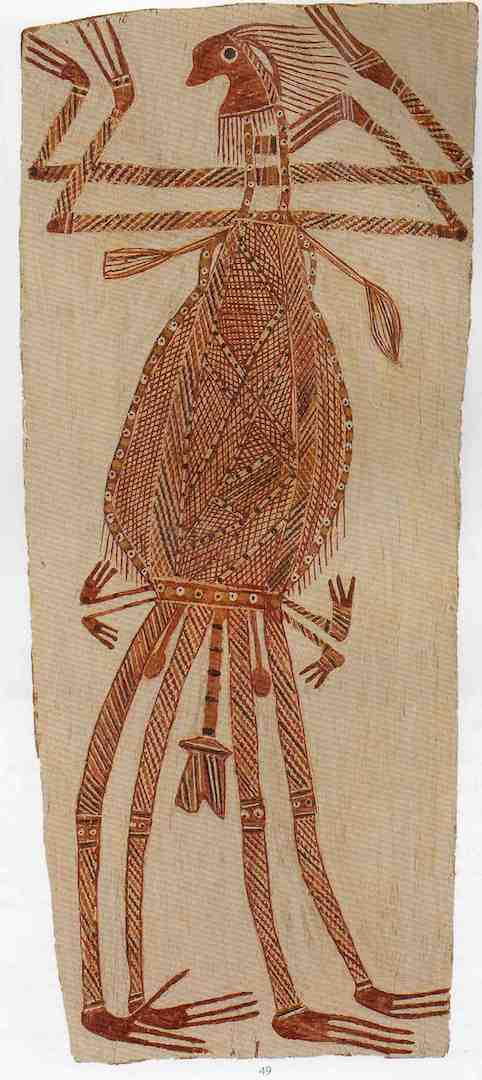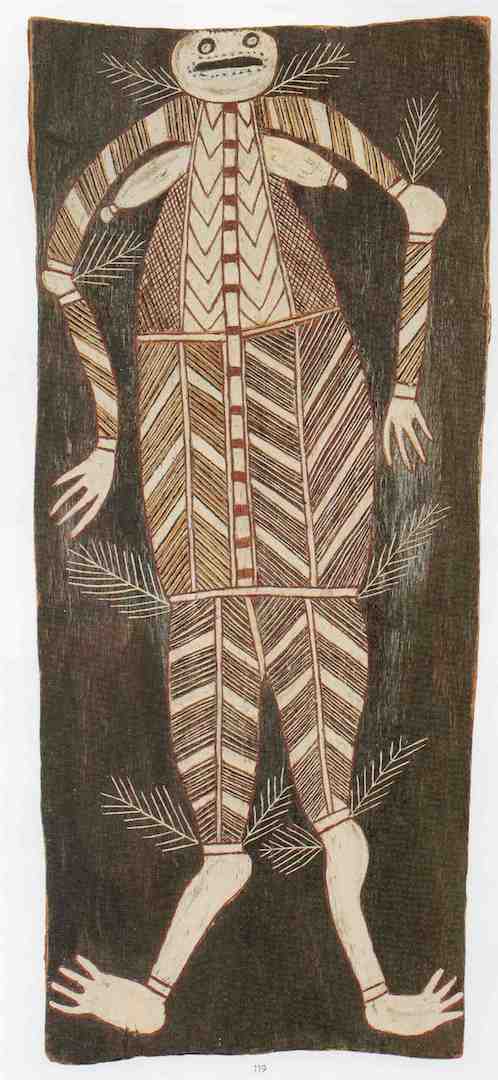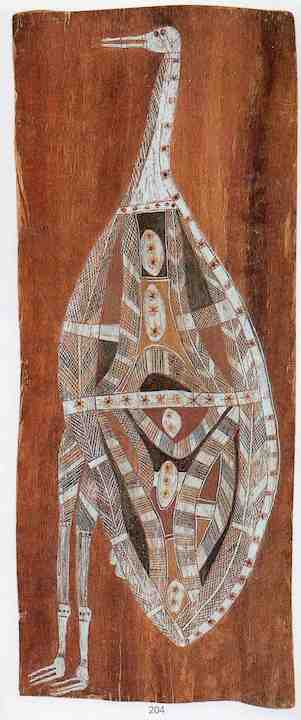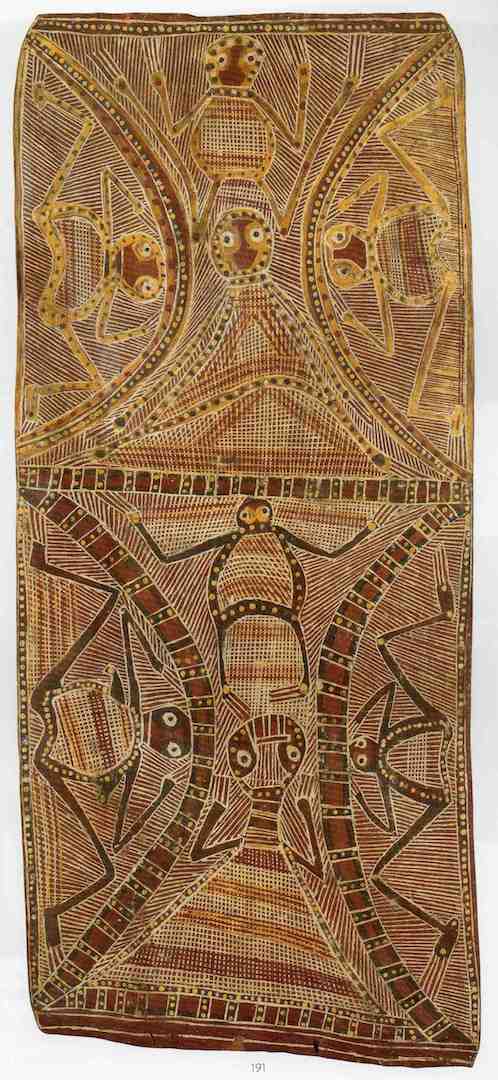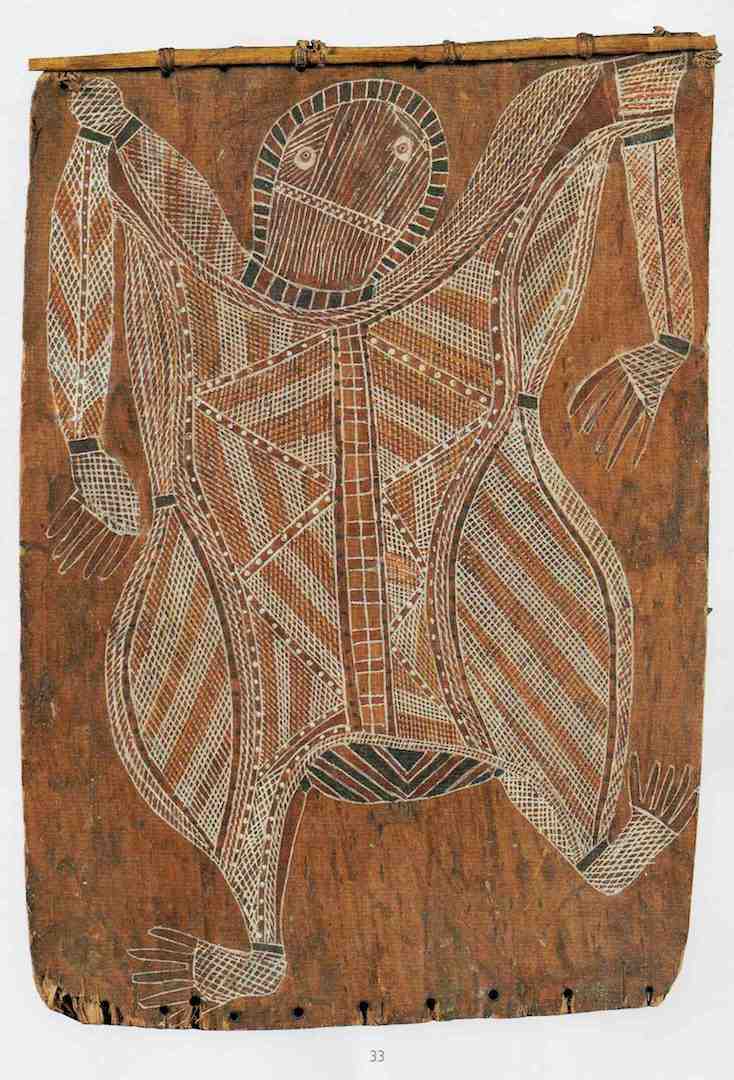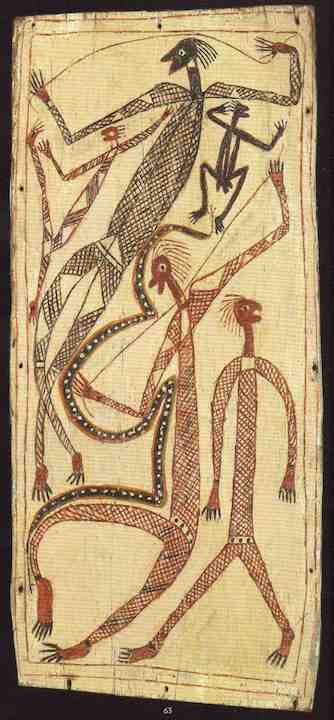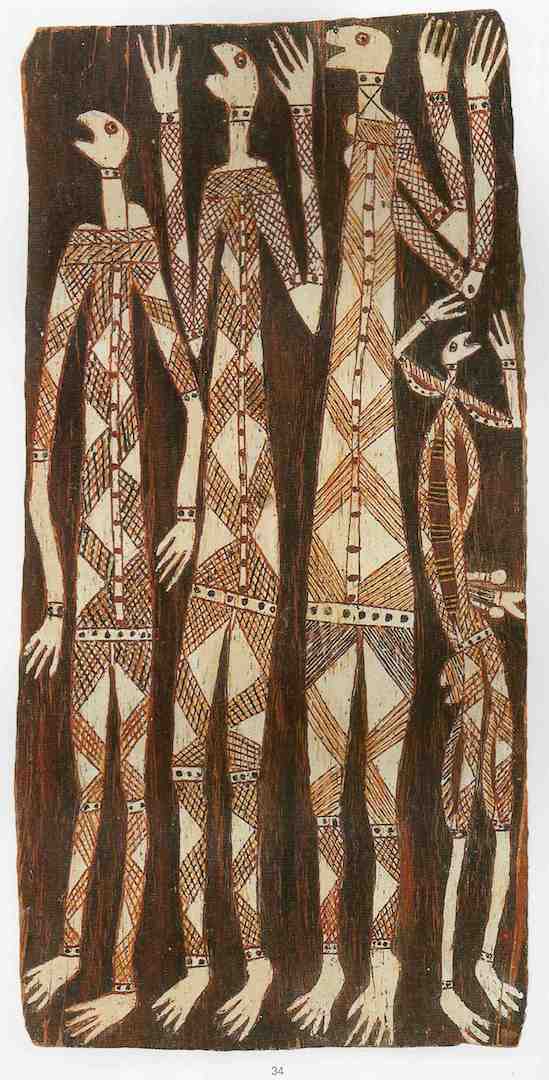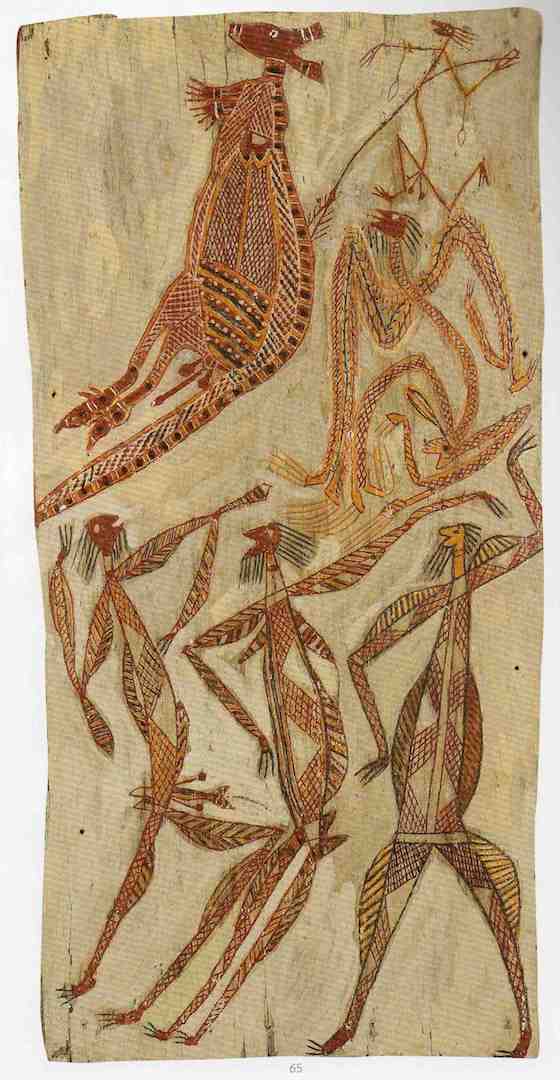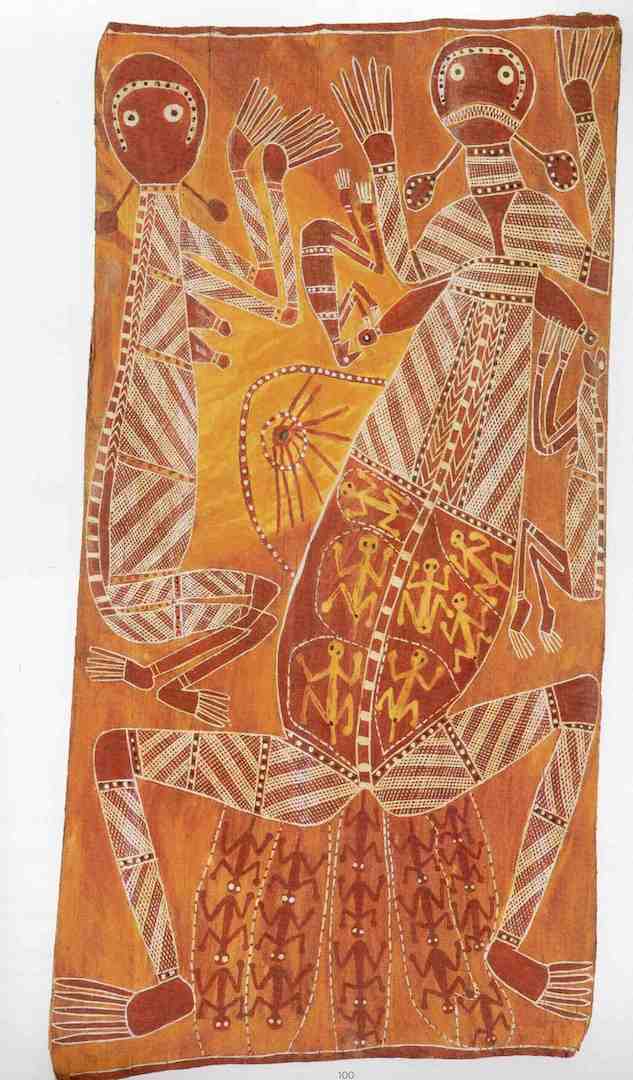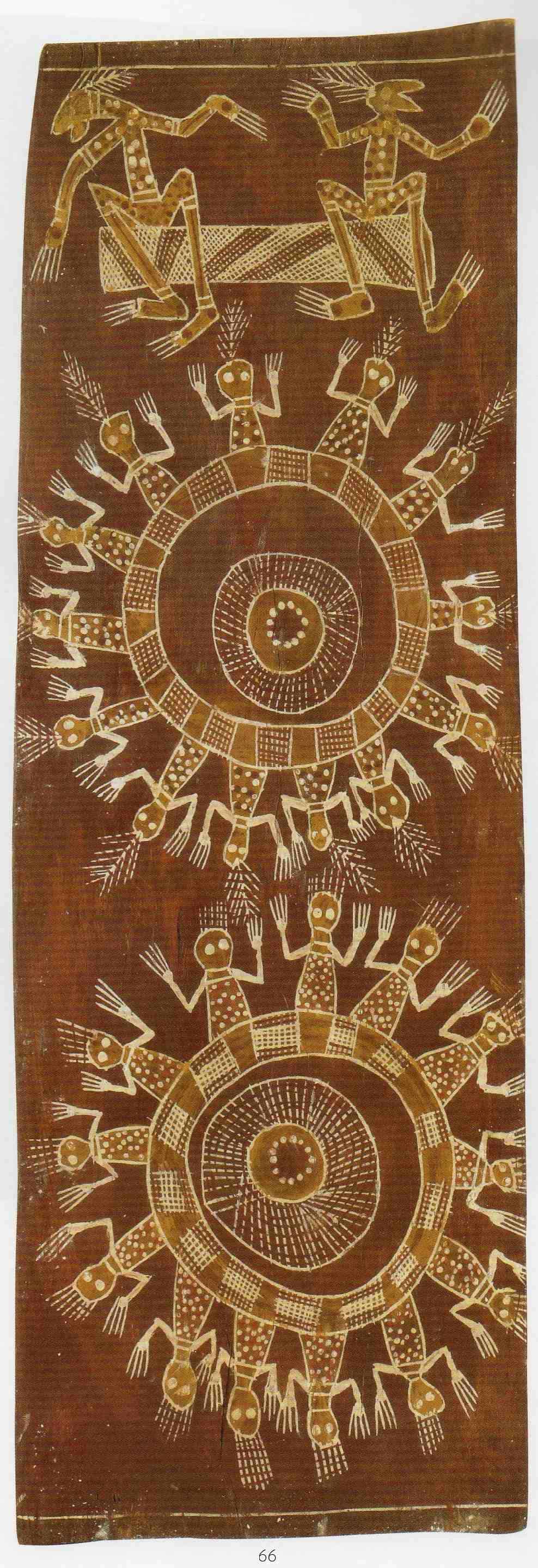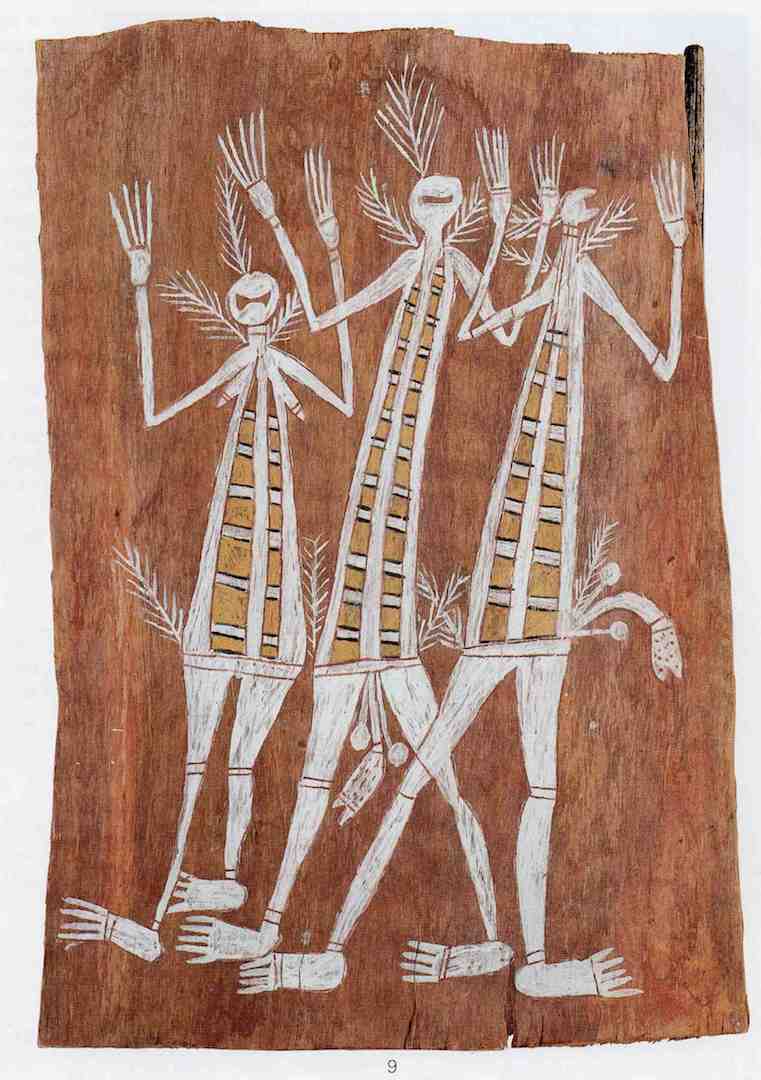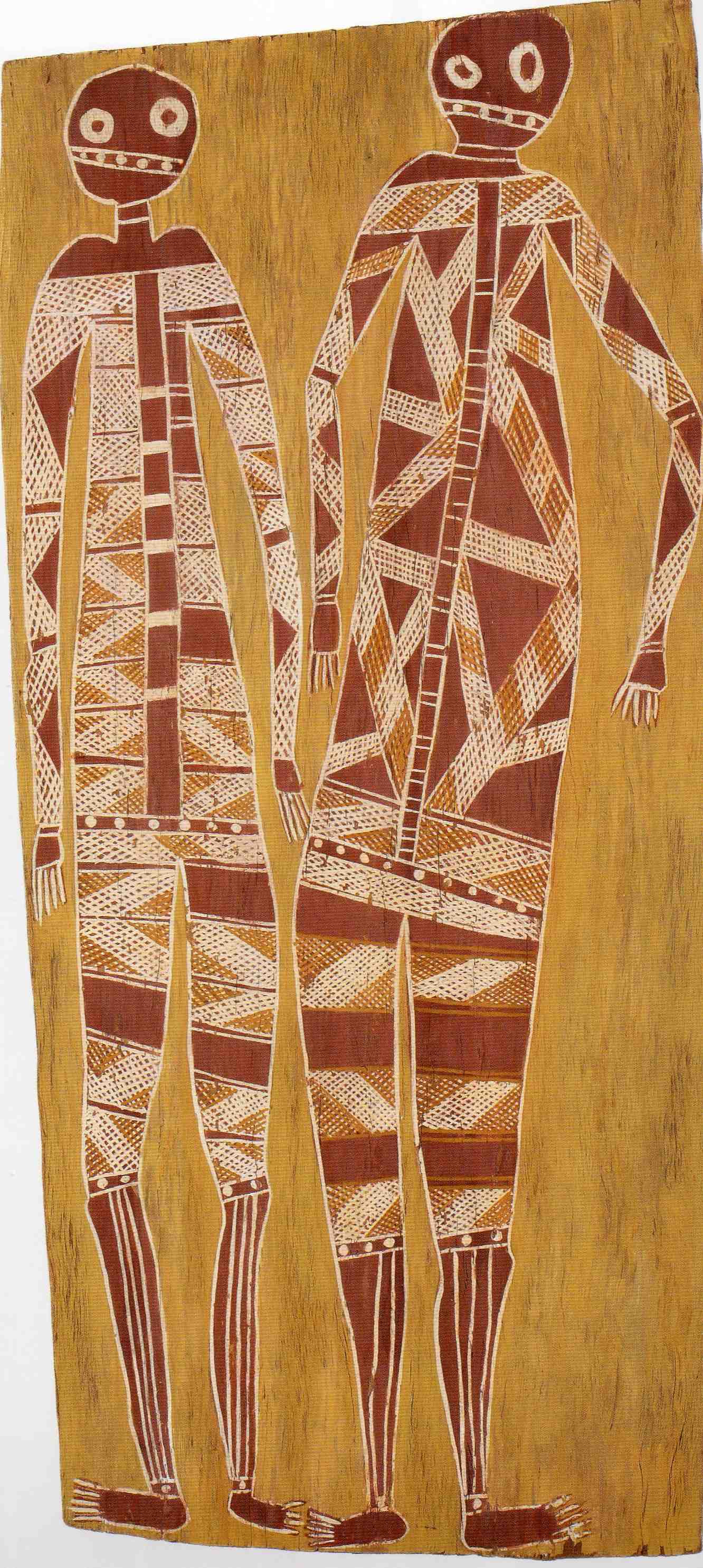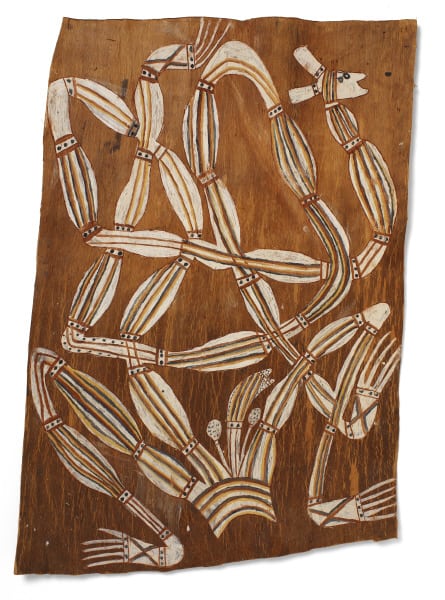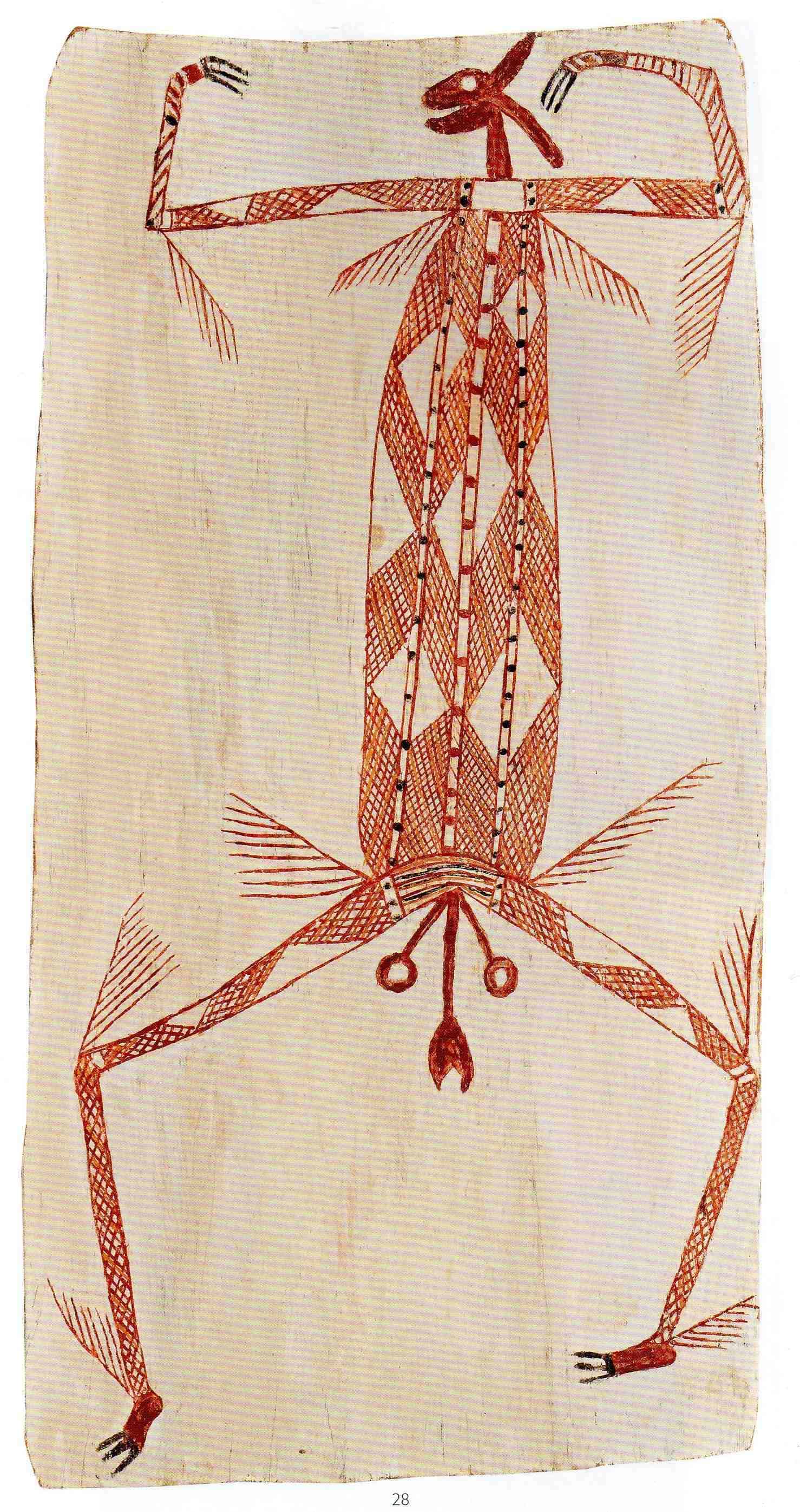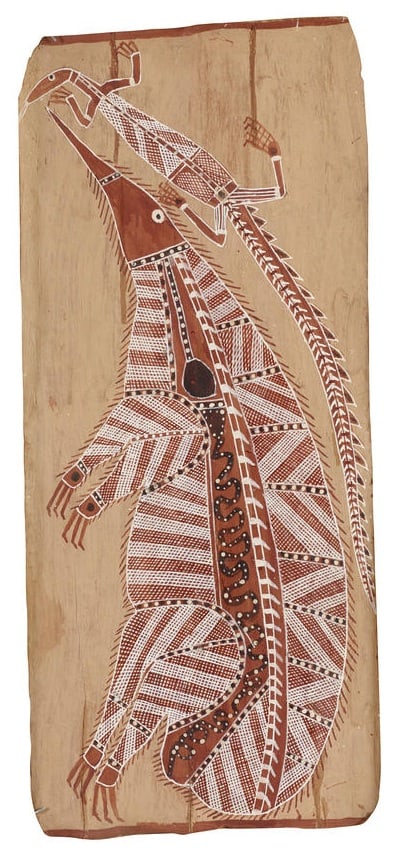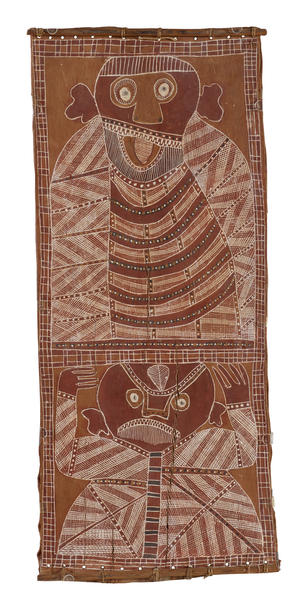Yirawala : Picasso of Arnhem Land
Yirawala is one of the most prolific and respected Aboriginal bark Painters. His works are unique because he does not stick to a particular regional style. Due to his travels, he had many regional influences. He manages to blend those into a style unique amongst bark painters.
The aim of this article is to assist readers in identifying if their aboriginal bark painting is by Billy Yirawala. It compares different examples of his work.
If you have a Yirawala bark painting to sell please contact me. If you want to know what your bark painting is worth please feel free to send me a Jpeg. I would love to see it.

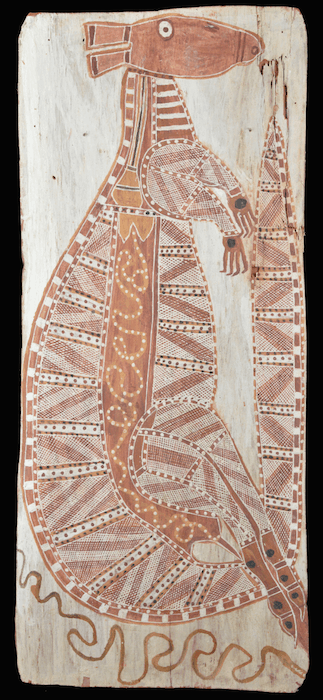
Style
Yirawala is one of the most important Aboriginal artists in Australian Art History. He was an innovator who took some of the best aspects of different styles of Arnhem land art and managed to combine them with outstanding results.
He was an authority on traditional tribal beliefs which allowed him to paint many of the beings of the Kuninjku people. These included LumaLuma the giant ogre, the rainbow serpent and Mimih spirits. Many of his barks deal with major Arnhem Land ceremonies. Many of his barks are about Mardayin which involves both the Dhuwa and Yirridjdja Moieties.
He had a positive influence on many other artists as well and introduced them to techniques from different areas. He actively promoted his bark paintings as art and not ethnographic material. His works are on rectangular pieces of barks with a red black or white background. He was the first Arnhem land artist to take the best of several different Arnhem land tribal art styles and incorporate them into single works.
Yirawala Oenpelli and Crocker Island style
Billy Yirawala was an Oenpelli bark painting artist. His earliest barks are on a plain red background and figures and animals predominantly white. These early Yirawala barks are like paintings found in Rock shelters from that area. When he moved to Crocker Island he adopts the more fluid Crocker Island style of painting. The limbs of his figures start to flow and bend. His early crocker island barks are strongly influenced by artists like Namatbara, Nanganyari and Midjau Midjau.
One of Billy Yirawala most distinguishing qualities in his barks is the feeling of life and movement. His figures are often dancing upon the bark and his animals graceful and sinuous. As an aboriginal artist, he was not as concerned with the constrictions of the cultural norm. He could paint in a non-traditional manner while still being able to convey the spirituality behind his art.
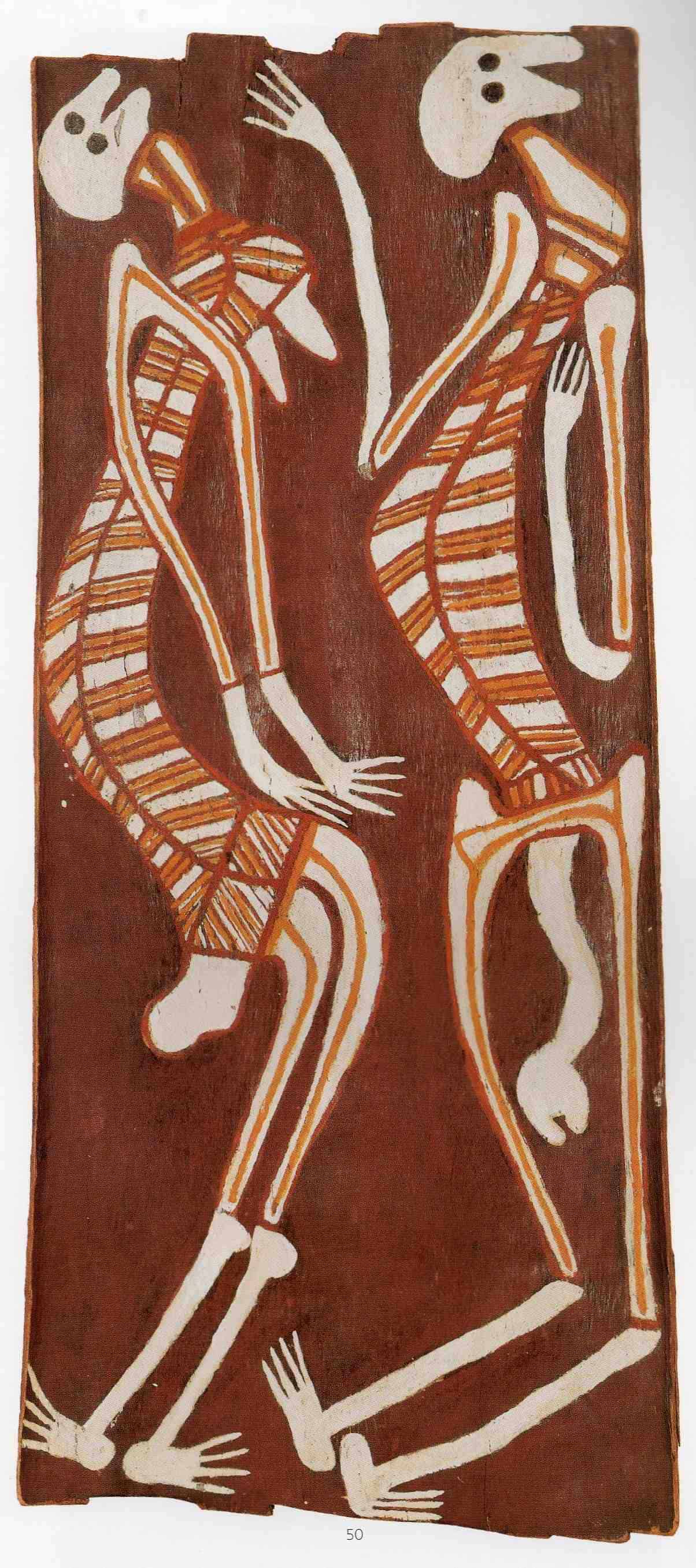
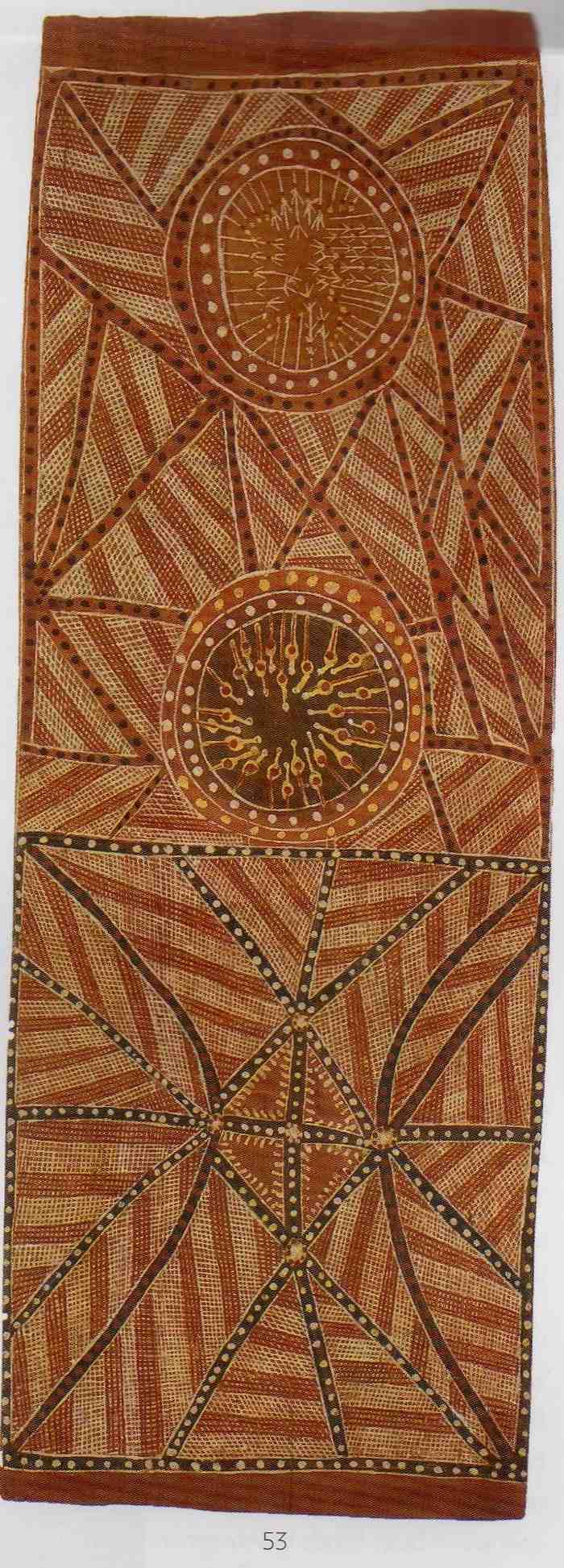
Yirrkala Influence
Yirawala spent time at Yirrkala Mission and was strongly influenced by the artists there. He shared a beach camp with other Dhuwa moiety artists including Mithinarri, Mawalan Marika and Wandjuk Marika. He learned the technique of painting rarrk (fine cross-hatching) and incorporated it into his Oenpelli style barks
The results were very desirable to European collectors. His barks now had recognizable fluid animals and beings from Oenpelli filled with beautiful cross-hatching designs. He was now no longer just a traditional Oenpelli Artist but a master of all styles.
Yirawala used his art to spread traditional aboriginal culture to outsiders. He was aware of European aesthetics while managing to stay true to his roots. Yirawala introduced the concept of mixing the best of different regional styles. He shared these ideas with many other artists when he traveled back to Oenpelli.
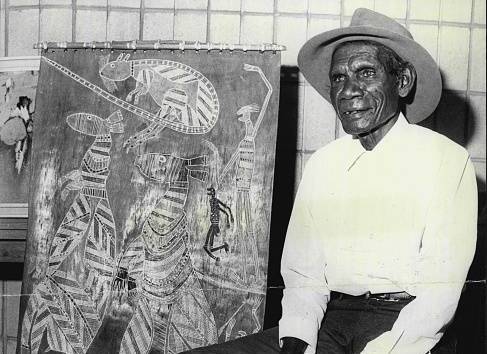
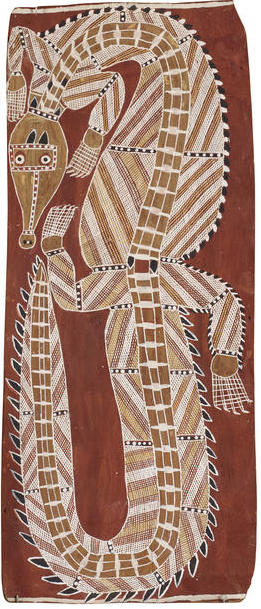
Opposite: Crocodile by John Mawurnddjul
School of Yirawala
Marrkolidjban outstation in the Liverpool River region played an important role in the development of Aboriginal Art. It was here that Yirawala Taught and influenced other artists such as Curly Bardkadubbu, Peter Marralwanga, and John Mawurndjul.
Techniques in cross-hatching were learned and expanded as a result by a new generation of artists. The days of traditional Oenpelli Paintings like those by Murramurra and Lofty were numbered. Yirrkala style cross-hatching expanded and spread.
Some artists like Midjau Midjau on Crocker island were also introduced to cross-hatching. Yirawala caused major artistic and stylistic changes in many artists.
Yirawala was also spelled Yirrwala, Irvala, Irrwala and, Yirrawala

Western Arnhem land Artists and Artworks
Yirawala Bark painting Images
The following are images are not a complete list of works by the artist but give a good idea of the style and moreover, the variety of the artist.

